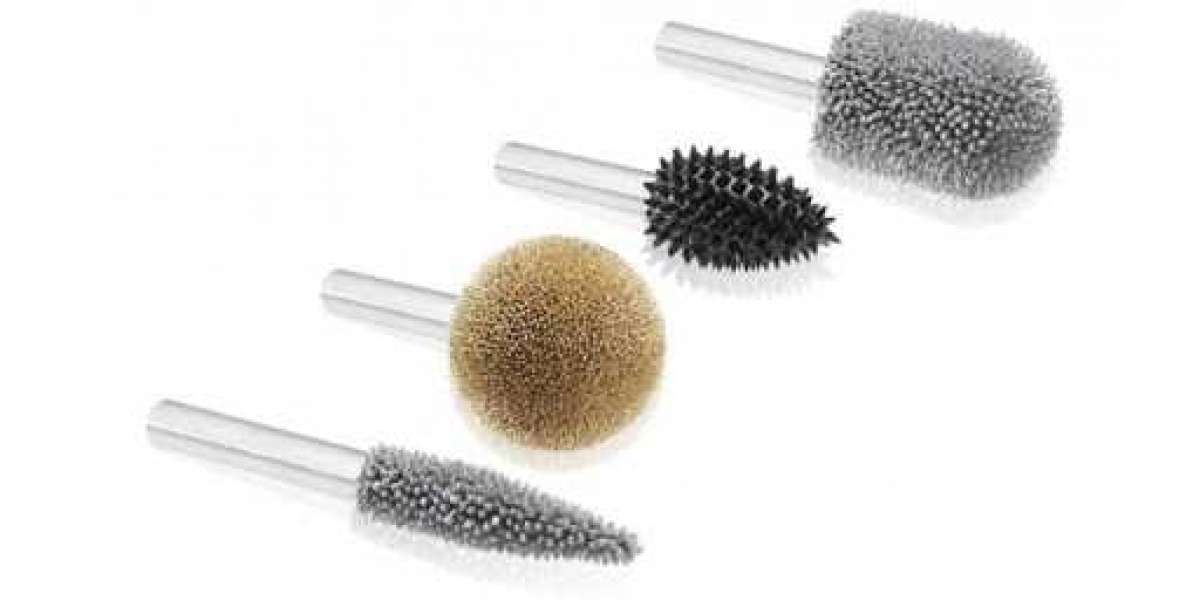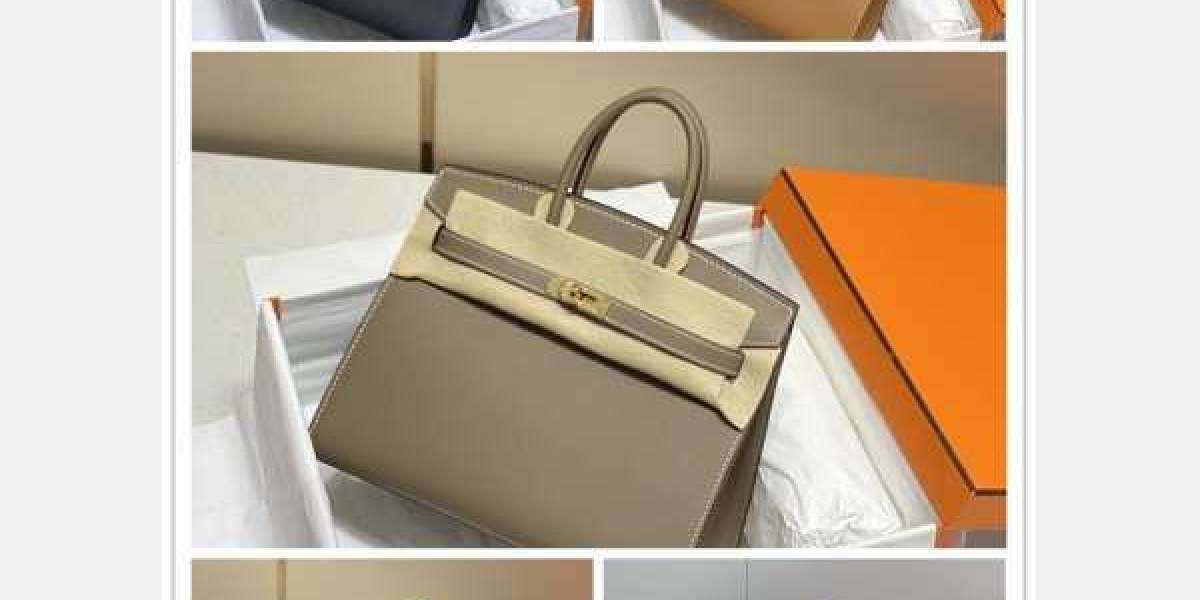In the world of wood carving and sculpting, having the right tools can mean the difference between a rough finish and a refined masterpiece. Among these tools, burrs play a vital role in removing material, shaping contours, and adding intricate detail. Wooden burrs, specifically designed for use on softer surfaces like wood, are available in various types, each serving a specific purpose.
1. Ball Burrs – Ideal for Hollowing and Curved Surfaces
Ball burrs are spherical and designed to create smooth, concave cuts or hollowed-out sections. These burrs are particularly useful when working on spoon carvings, bowls, or sculptural forms with rounded contours. The ball design ensures even material removal while maintaining a controlled cutting action. High-performance burrs like these allow craftsmen to achieve depth and detail in small, confined areas without damaging the surrounding wood grain.
2. Cylinder Burrs – Perfect for Flat Surfaces and Straight Edges
Cylinder burrs feature a flat-end shape, making them well-suited for leveling surfaces, cutting shoulders, and creating 90-degree angles in wood projects. These burrs work effectively on both flat panels and corner joints. Artists and woodworkers favor them for box-making or adding structured lines to relief carvings. When paired with a powerful burr tool, they deliver clean cuts and improved accuracy across extended carving session
3. Flame Burrs – Best for Contouring and Shaping Organic Lines
Flame burrs have a tapered, flame-like design, enabling them to perform both carving and shaping tasks with a higher degree of precision. They are especially popular for carving leaves, feathers, and natural textures that require flowing lines and smooth transitions. The narrow tip helps reach tight spaces, while the wider middle section enables broader cuts. Flame-shaped burrs also allow smoother transitions between depth levels in your carving.
4. Inverted Cone Burrs – For Undercuts and Detailing
With a narrow top and wider base, inverted cone burrs are excellent for creating undercuts and decorative details that traditional shapes can't reach. These burrs are indispensable when working on stylized lettering, intricate borders, or layered reliefs. Professionals who use Kutzall burrs in this shape benefit from sharp edges and long-lasting durability, making it easier to maintain definition in complex patterns.
5. Taper Burrs – Designed for Fine Finishing and Detailing
Taper burrs gradually narrow to a fine point, making them perfect for detailed carving, finishing touches, and adding texture to wooden sculptures. Their precise control makes them a go-to for fine scrollwork and miniature carvings. Unlike standard files or sandpaper, taper burrs allow for more efficient material removal with superior accuracy. They’re commonly used on stylized accents in furniture design and model crafting. Craftsmen who use tools offered by Kutzall consistently report improved control and longer tool life when working on intricate projects.
Conclusion
Each type of wooden burr serves a distinct role in the shaping and finishing process, enabling artists and craftsmen to transform raw wood into refined pieces of art. Whether you're working on detailed sculpture, relief carvings, or custom woodworking, the right Kutzall burrs can significantly improve your efficiency and control. Recognized for their superior build and cutting-edge durability, Kutzall offers a wide range of burr options tailored for carving versatility.
In conclusion, when investing in your next burr tool, consider selecting from a well-rounded set of shapes to tackle a wide array of tasks. And for those serious about advancing their skills, incorporating high-performance rotary carving tools for wood can elevate every project to a professional standard.








